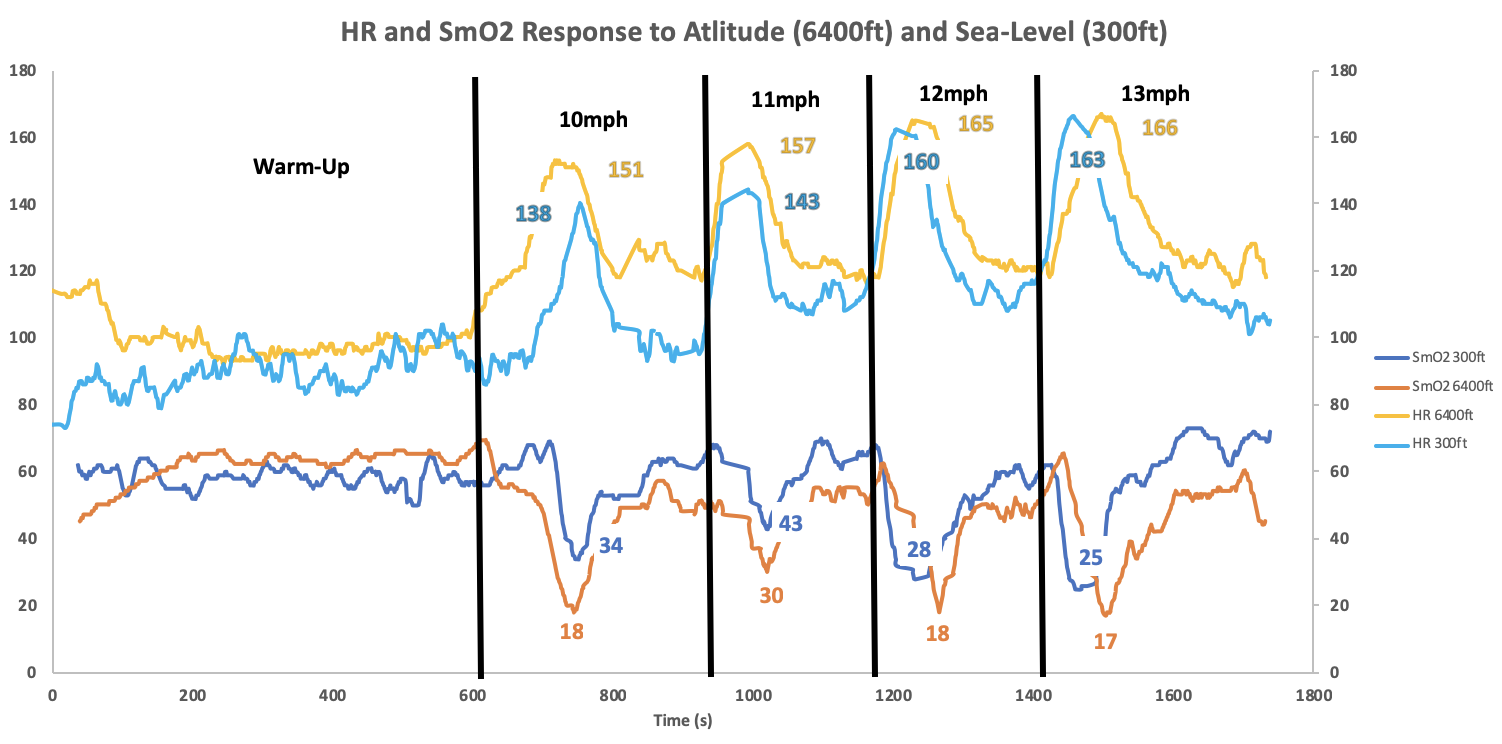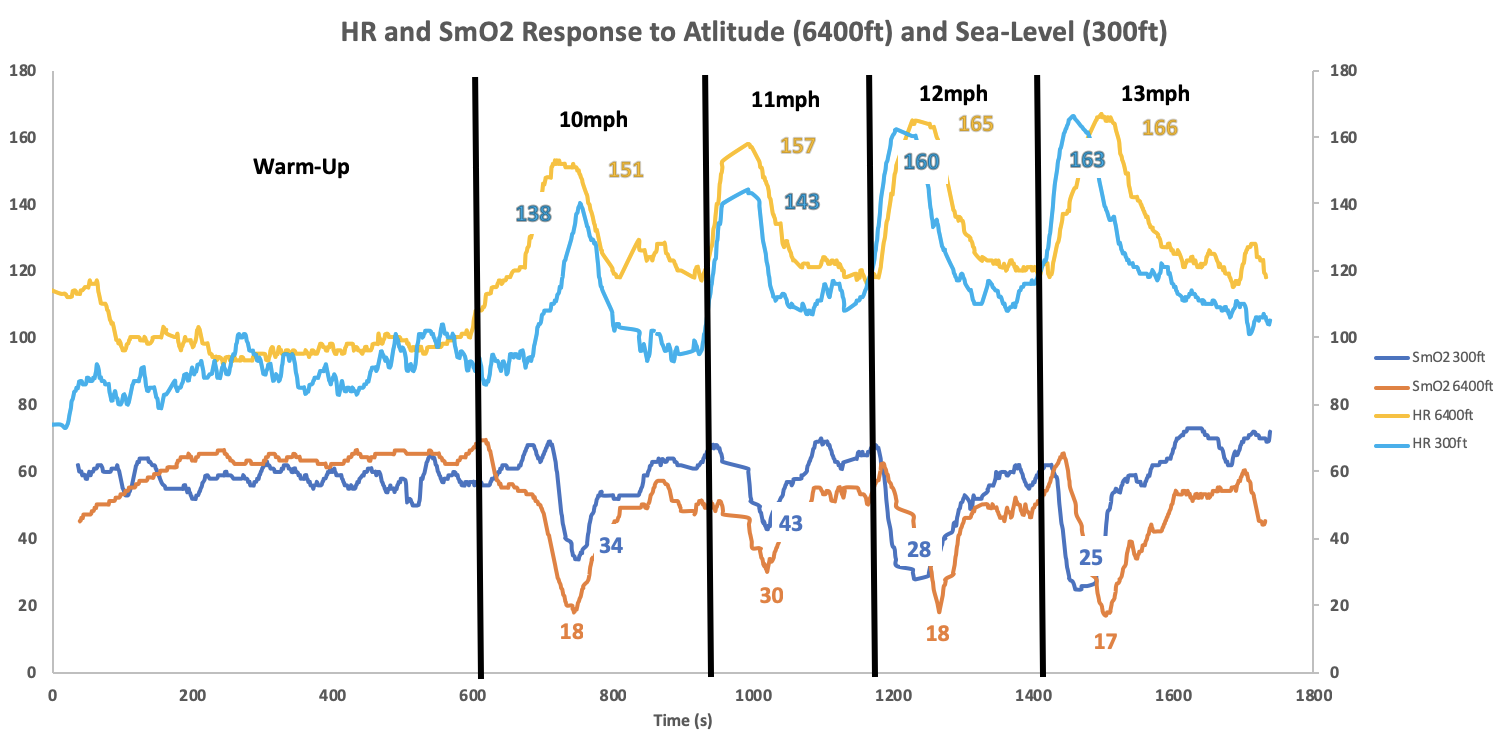Case Study: Monitoring Changes in Oxygen Saturation from Altitude to Sea-Level
In the last blog article, Altitude Training: Beneficial or Just Hot (Less Dense) Air?, the efficacy of live high train low, altitude training was discussed. The conclusion that was made, was that altitude training is fairly far down the list of training techniques to implement into a training program, unless someone plans to compete at high altitude and can afford to spend upwards of 28 days there. While high altitude training may not be the most time or cost-effective means of improving performance, there is no doubt that the lower partial pressure of oxygen at altitude can negatively affect performance for those not adapted to said altitude. Furthermore, the athletes who are most effected by altitude have an inability to protect oxygen saturation at these lower partial pressures. I
Recently, I had the opportunity to travel from Colorado Springs (~6400ft) to Oregon (~300ft) and thought it would be interesting to compare oxygen saturation values, determined by Moxy, to similar workouts at these different altitudes, in order to explore if I had issues in protecting oxygen saturation at altitude thus leading to attenuated performance.
The Workout
The workout that was performed was fairly simple. It involved running on a treadmill at a 5% incline for 30s followed by a 3.5 min walking rest. Four 30s intervals were completed at 10.0, 11.0, 12.0, 13.0 mph. The workout that I performed was one that I could reasonably recover from one day to the next and could be easily replicated, with the goal of testing oxygenation differences.
Results
Figure 1 shows a tracing of my SmO2 values, measured by Moxy, and heart rate from a Garmin heart rate strap during each workout. I tried to sync the workouts as much as possible, but the spikes and troughs represent intervals. As expected, in both workouts SmO2 decreased as I ran faster, while heart rate increased. It seems that both heart rate and SmO2 increased and decreased, significantly but a simple T-Test of the min and max values during each interval for heart rate and SmO2 reveals that HR was trending towards a significant increase (p=0.06) while SmO2 decreased significantly (p=0.007). This indicates, that during these intervals, I am effectively maximizing the heart rate response (oxygen delivery), especially at higher speeds, while the larger change is coming from oxygen extraction at the level of muscle. Essentially, the muscles need to create a larger oxygen gradient in order to supply enough oxygen to facilitate the energy needs of each workload. This means that the mitochondria, the cells oxygen users, are working harder to provide enough ATP.

Figure 1: SmO2 and HR response to the same workout done at 6400ft and 300ft
This workout is an example of how physiology can acutely adapt in different environmental conditions. While this hasn’t been verified through a study, it seems that NIRS devices, specifically Moxy is more sensitive to monitoring physiological changes at altitude. This could be useful for those going from lower elevation to race at high elevation, where heart rate response could be similar, however, muscle oxygen extraction, shown as a decrease in SmO2 could be much higher. From a practical standpoint, making sure to go slower, as to elicit a lower SmO2 desaturation at the beginning of the race could result in better energy management which could result in better race times.

